The ban covers clothing that could hinder interaction between students and teachers or which could pose a specific risk, such as in a laboratory.
However, a general ban on headscarves isn’t possible.
Teachers will have the power to decide whether or not to require students remove their headscarves, although schools should attempt to be as accommodating as possible, according to updated guidelines issued by the Swedish National Agency for Education (Skollverket) on Wednesday.
The guidance comes in response to a 2009 case in which two women sued an adult education centre in Spånga north of Stockholm after they were banned from class for wearing niqabs.
In December 2010, Sweden’s Equality Ombudsman (Diskrimineringsombudsmannen – DO) ruled that the ban amounted to a violation of Sweden’s anti-discrimination laws, after which the schools agency decided to review previous guidelines regarding the wearing of headscarves in Swedish schools.
Education minister Jan Björklund welcomed the education agency’s clarification.
“It gives precisely the sort of room to maneuver that schools need. Teachers can prohibit veils that cover most of the face, if it inhibits contact and interaction in the classroom,” he told the TT news agency.
“Classroom lectures are an interplay between people, and in many situations, such interactions require that you can see each others’ faces.”
According to Björklund, there has been uncertainty regarding the wearing of Islamic veils in Swedish schools ever since the ombudsman’s 2010 ruling.
“But now you could say that things have been cleared up and that the National Agency for Education has maintained its original position, going against the ombudsman,” said Björklund.
However, the Left Party’s education policy spokesperson Rossana Dinamarca criticized the agency’s decision.
“This is a bad ruling, which means that it will be up to each individual teacher to determine if you have the right to an education or not. That’s a basic right for everyone, regardless of which religious background you have,” she told TT.
The updated guidelines are meant primarily for high schools and adult education centres, but can be tailored for use in primary schools when appropriate, although the education agency points out that “it’s important to respect compulsory school attendance and the right to an education”.

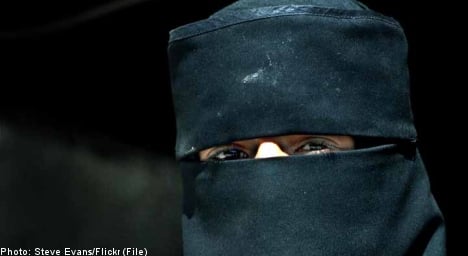
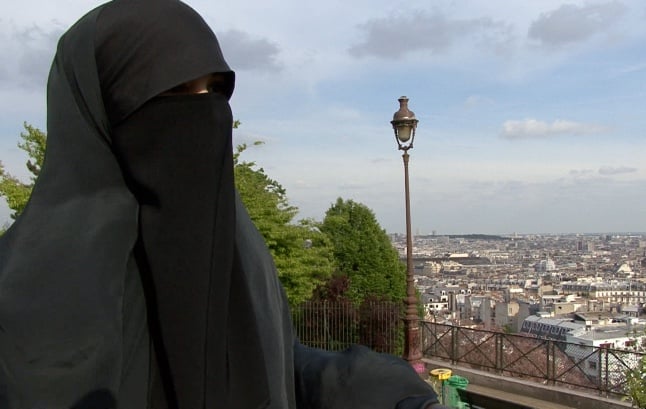
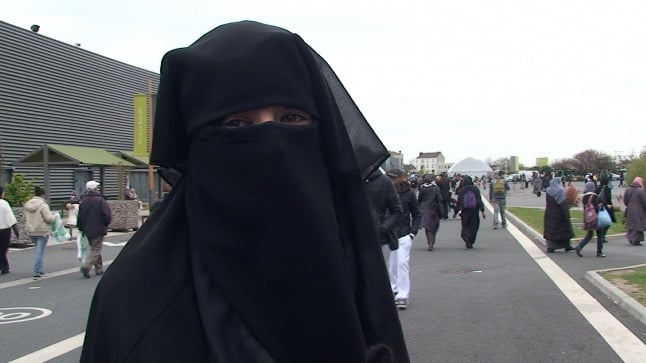
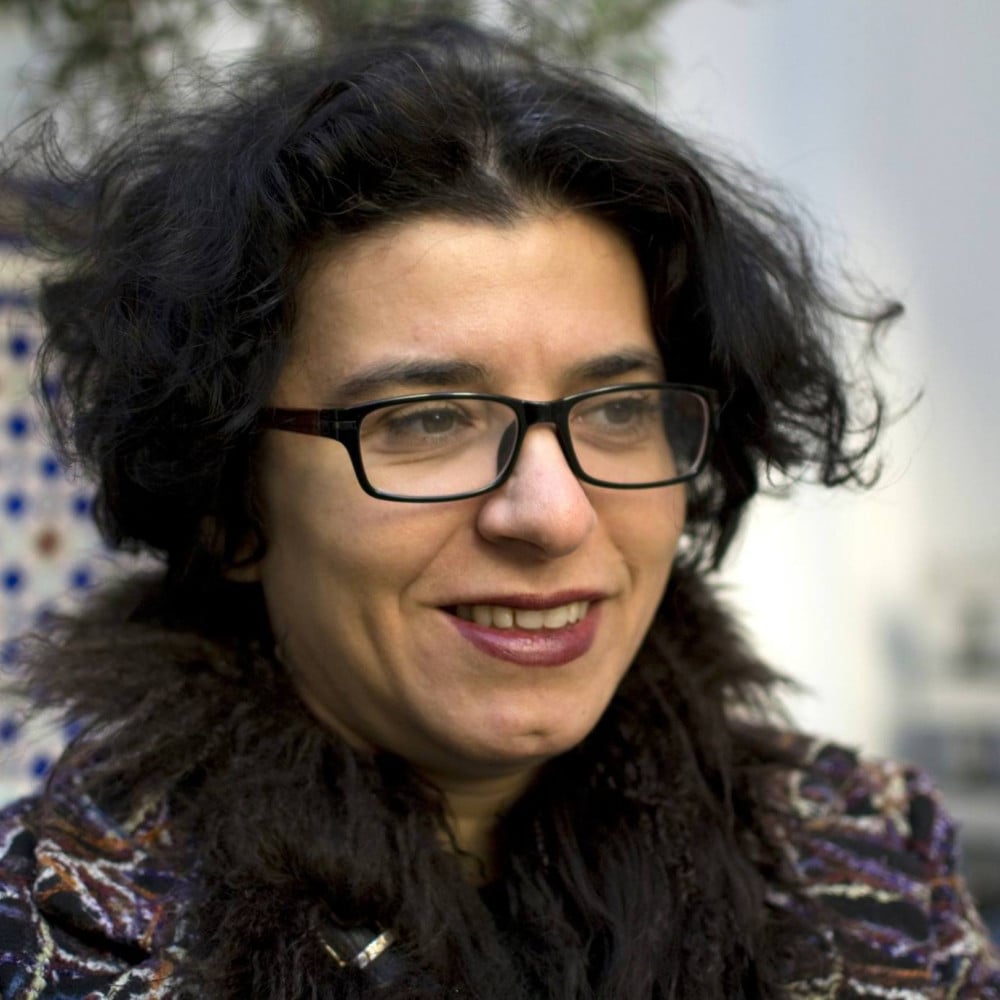
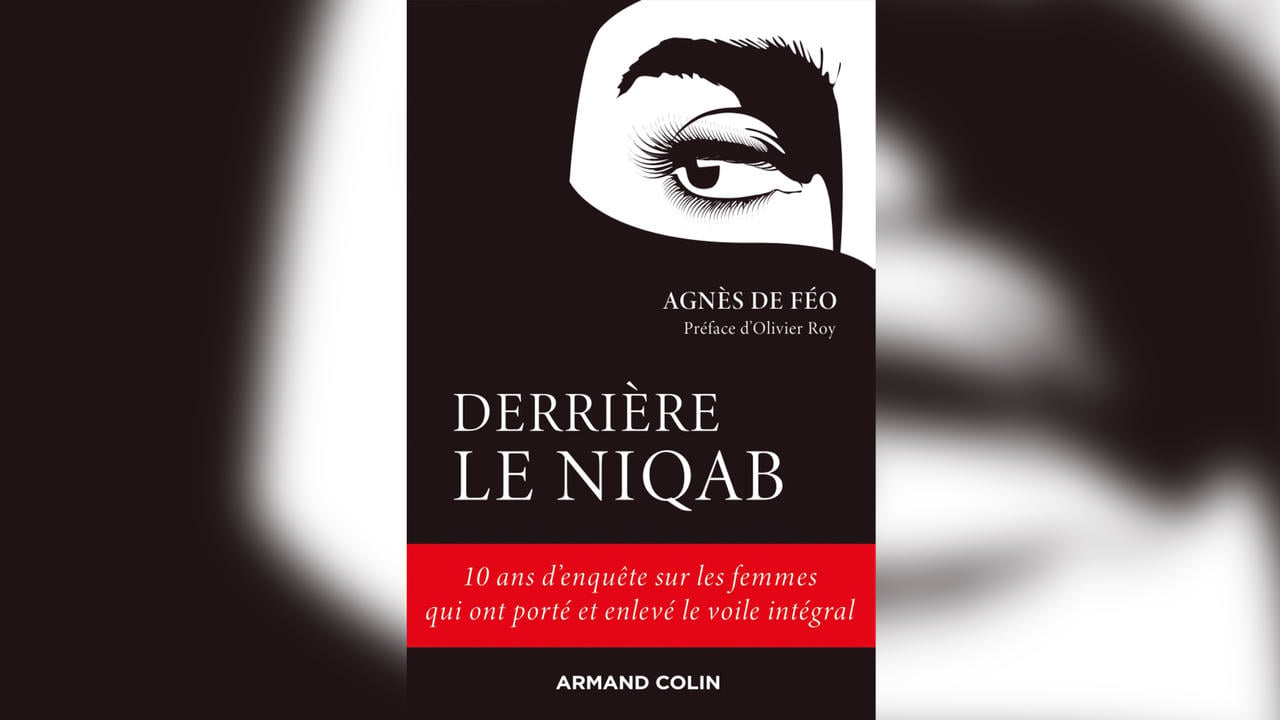
 Please whitelist us to continue reading.
Please whitelist us to continue reading.
Member comments